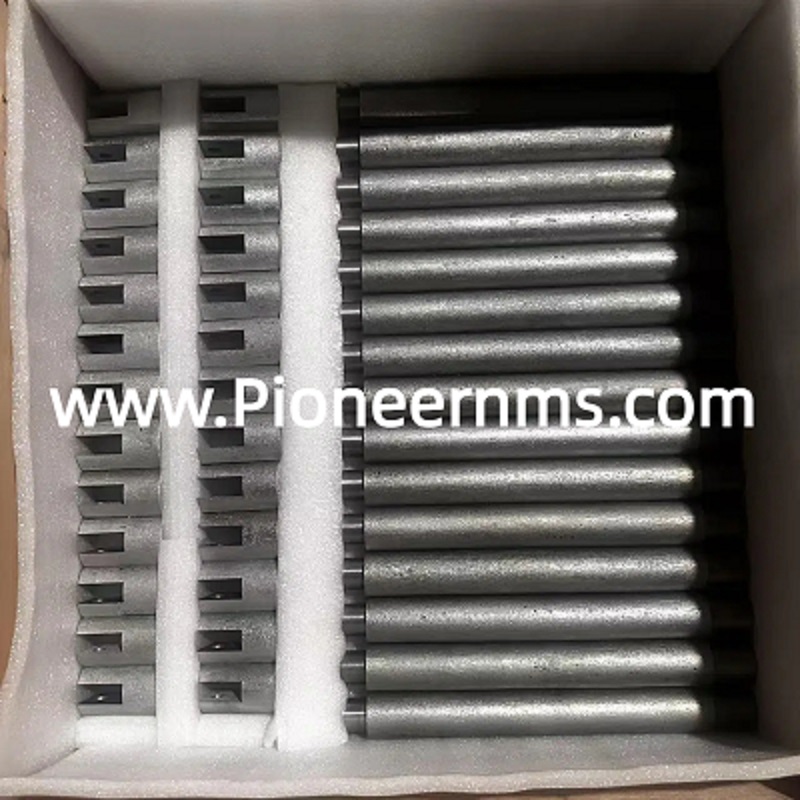In the demanding environment of modern glass production, molybdenum rods have emerged as mission-critical components, enabling manufacturers to achieve unprecedented levels of efficiency and product quality. With an extraordinary melting point of 2,623°C and exceptional thermal stability, these high-performance rods serve three vital functions in glass manufacturing: as durable electrodes in electric melting furnaces, as reliable stirring components for homogenizing molten glass, and as precision tools for forming specialty glass products. The global glass industry is experiencing 12% annual growth in molybdenum component demand (IMOA 2023), driven by the material's unique ability to withstand continuous operation at temperatures exceeding 1,600°C while resisting thermal shock better than tungsten alternatives. This growing adoption is particularly evident in the production of advanced glass products, including ultra-thin LCD panels for consumer electronics, high-transparency low-iron glass for architectural applications, and specialized optical fibers for telecommunications. Today marks a significant milestone as a shipment of premium-grade molybdenum rods departs for Germany, where they will be integrated into state-of-the-art glass production lines serving the European automotive and renewable energy sectors.

The current shipment heading to Germany represents the cutting edge of molybdenum rod technology, featuring enhanced purity levels (99.95% Mo) and optimized grain structure for extended service life in continuous glass manufacturing operations. These rods will be deployed in critical applications such as the production of solar panel glass, where their exceptional thermal properties ensure consistent quality in the harsh environments of photovoltaic manufacturing. The German glass industry, renowned for its precision engineering and sustainability focus, increasingly relies on molybdenum solutions to meet stringent quality standards while reducing energy consumption in production processes. Industry analysts project an 18% annual growth in molybdenum usage for float glass production through 2028 (Grand View Research), particularly for applications requiring the highest levels of transparency and thermal stability. As today's shipment demonstrates, molybdenum rods continue to solidify their position as indispensable components in the global glass industry's pursuit of innovation, efficiency, and environmental sustainability, enabling manufacturers to push the boundaries of what's possible in glass technology.
Post time:Sep-25-2020




